Best Hearing Aids 2025: How To Pick

Why Choosing the Right Hearing Aid Matters
Listen up! Hearing loss affects millions of people; according to the Hearing Loss Association of America, more than 50 million Americans have some degree of hearing loss. It's the 3rd most common chronic physical condition in the U.S. - twice as prevalent as diabetes or cancer.
Thankfully, in 2025, access to high-quality assistive technology is easier than ever. With more brands and models available, finding the best hearing aids can feel overwhelming without the right guidance.
Today’s devices aren’t just amplifiers: they’re miniaturized smart systems that adapt to your environment. Whether you’re managing mild hearing loss or severe challenges, the latest designs offer comfort, discretion, and advanced sound clarity.
In this guide, we’ll break down how hearing aids work, factors to consider before buying, and our top brand recommendations based on different needs.
How Hearing Aids Work: The Basics
Every hearing aid, regardless of style or price, shares four essential parts: a microphone to pick up sound, an amplifier to make the sound louder, a speaker/receiver to send the sound into the ear, and a battery for power.
Modern devices are typically digital, which means they convert sound waves into digital signals for more precise processing. This results in clearer audio and reduced background noise compared to older analog models.
Many 2025 models also offer Bluetooth connectivity, enabling you to stream calls, music, and TV audio directly into your hearing aids without additional devices. This can greatly improve clarity, especially for phone conversations or video calls.
AI-enhanced sound adjustment goes a step further, learning your preferences over time and automatically optimizing sound based on your location and activity. This means less fiddling with settings and more natural listening experiences.
Factors to Consider Before You Buy
Choosing the best hearing aids starts with understanding your hearing loss level. Mild cases may benefit from smaller in-ear models, while severe loss may require more powerful behind-the-ear options.
Your lifestyle matters too: active individuals might need sweat-resistant devices, while tech-savvy users may prefer models with mobile app controls. Comfort and fit should be tested before committing to a purchase, as daily wear can be impacted by ear shape and sensitivity.
If you have tinnitus, specific hearing aids for tinnitus offer relief through sound therapy features that mask ringing or buzzing. Additional features like rechargeable batteries, waterproof designs, and directional microphones can also make a big difference in usability.
Best Hearing Aids 2025: Top Picks by Need & Preference
Below is our curated list of the best hearing aids for 2025, organized by specific needs. Each brand has unique strengths worth considering.
Best Overall Performance
Oticon hearing aids are known for their “brain-hearing” technology, which helps your brain process sound naturally. This reduces listening fatigue and improves speech understanding, even in challenging environments like parties or busy cafes. They also offer advanced feedback suppression and connectivity with accessories like TV streamers. Users appreciate their sleek design options and easy app-based adjustments for a personalized fit.
Price range: $2,000–$6,000 per pair.
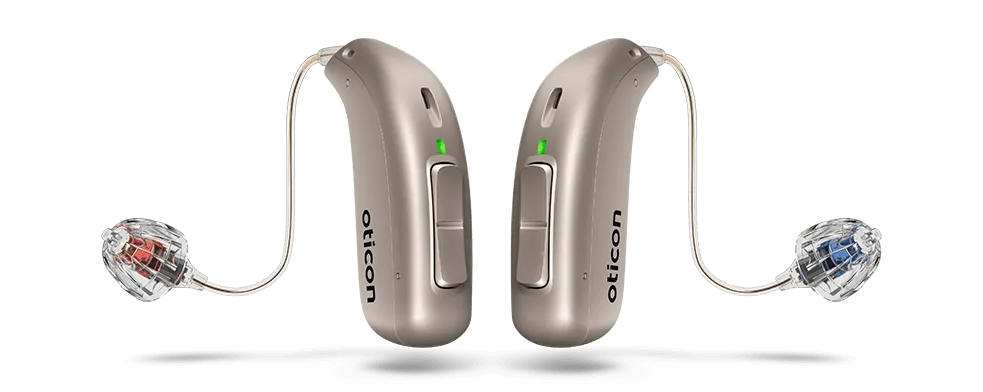
Best for Severe Hearing Loss
Phonak hearing aids are known for their powerful amplification and adaptive noise reduction, making them ideal for profound hearing loss. Bluetooth streaming and rechargeability add convenience, and they support remote fitting sessions with audiologists. They also excel in multi-speaker conversations by automatically focusing on the primary voice.
Price range: $1,800–$6,500 per pair. For details, click here
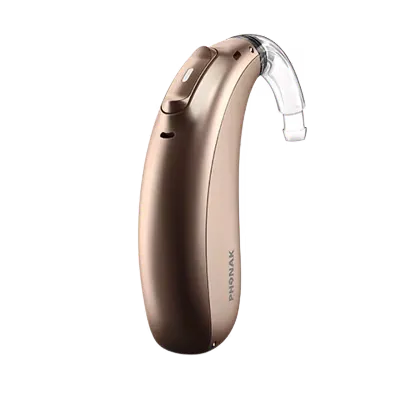
Best for Tinnitus Management
Widex hearing aids excel in tinnitus relief through their Zen Therapy programs, which use soothing soundscapes to help retrain your brain to ignore ringing. They are also praised for natural sound quality and low delay in processing. Many users note that their wide frequency range captures more environmental details, improving spatial awareness.
Price range: $2,000–$6,000 per pair. Learn more about them here.

Best Budget Option
Audien hearing aids are affordable and simple to use, making them great for first-time users or those looking for a cost-conscious option without sacrificing core functionality. They offer basic amplification and rechargeable in-ear models for those who want a simple, no-frills solution. While they lack advanced features, they are easy to use and maintain. Their ultra-lightweight build makes them comfortable for all-day wear without pressure points.
Price range: $100–$500 per pair. Explore options here.
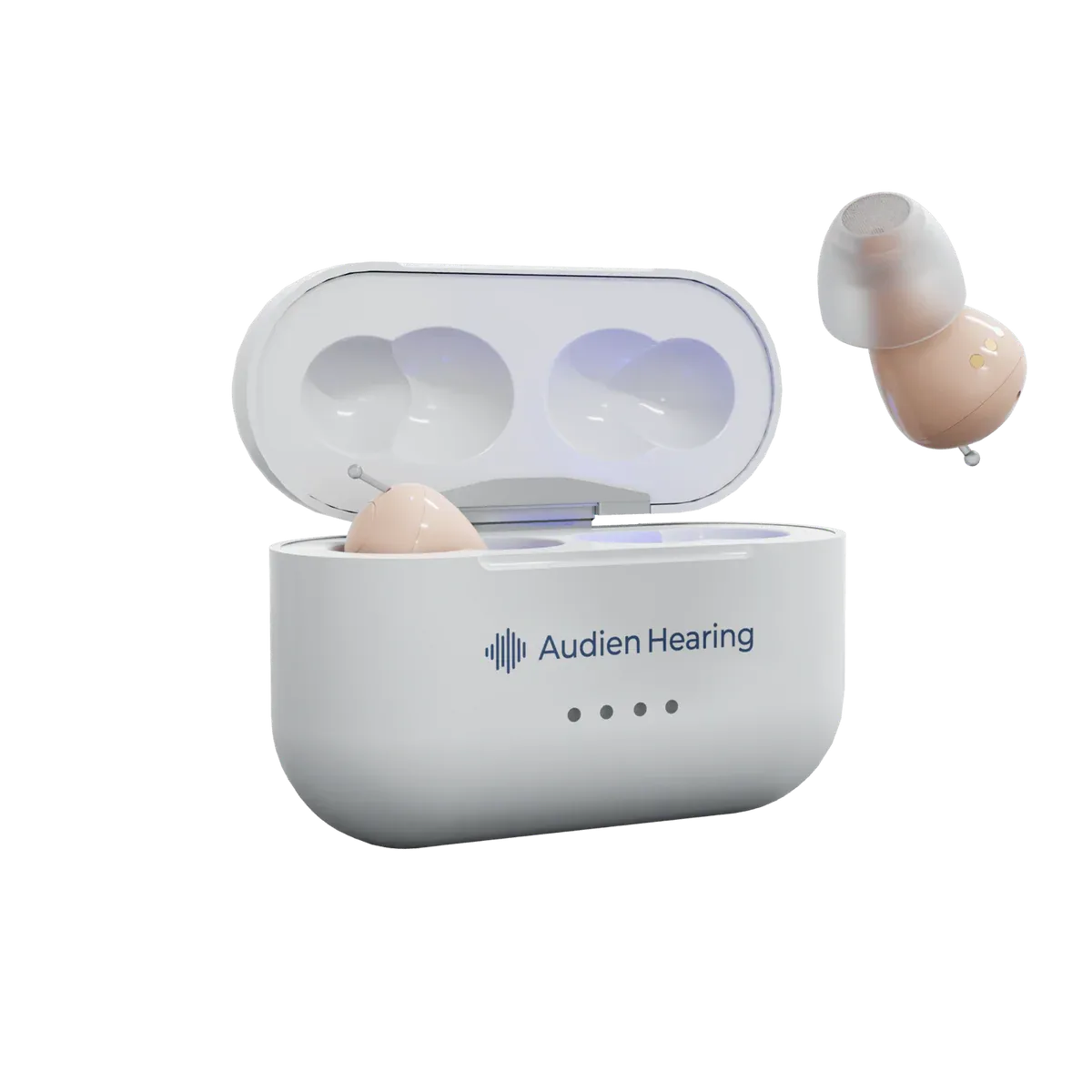
Alt text: Audien hearing aids with beige in-ear earbuds and a white portable charging case labeled ‘Audien Hearing.’
Best Retail Convenience
Costco hearing aids (often Philips-branded) provide solid performance at competitive prices, with the benefit of in-store fittings, adjustments, and follow-up care. Costco also offers generous trial periods and warranties (typically a 180-day return policy and loss/damage coverage) which gives buyers peace of mind when making a purchase.
More details can be found on Costco’s Hearing Aid Center page. Additionally, customers appreciate Costco’s no-appointment service for minor repairs and adjustments.
Price range: $1,400–$3,500 per pair. Find a Costco Hearing Aid Center near you here.

Best for Apple Users
Apple hearing aids and hearing aid AirPods integrate seamlessly with iOS devices to offer direct streaming, real-time environmental adjustments, and customizable sound profiles. What makes this category unique is its ability to blend everyday tech with medical-grade support, AirPods Pro in “Hearing Aid Mode” don’t look like traditional hearing aids, which can help overcome the stigma some people feel about wearing them.
Their familiar, stylish design means users can enjoy better hearing without drawing attention, while also benefiting from features like transparency mode, adaptive noise control, and Siri voice commands. This combination of form and function makes them ideal for those who want one device for music, calls, and hearing support.
Price range: $250–$3,000 depending on model and configuration. See them in action here.
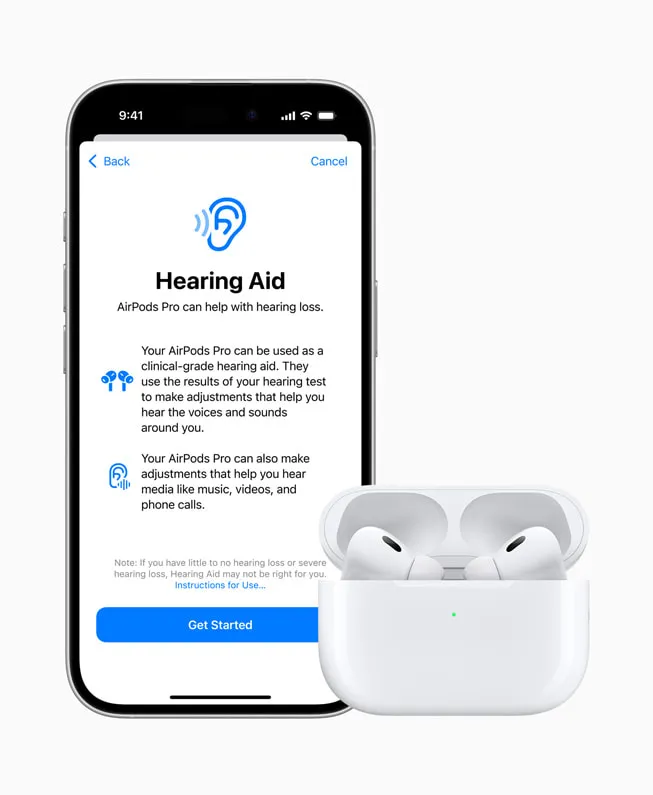
Best for Discreet Wear
Signia hearing aids offer slim, barely visible designs paired with Bluetooth streaming, speech enhancement, and AI-powered adjustments. They are available in multiple styles including completely-in-canal for maximum discretion. Some models feature a “Signia Assistant” within the app, providing real-time guidance and quick adjustments on the go.
Price range: $1,800–$6,000 per pair. Explore them here.
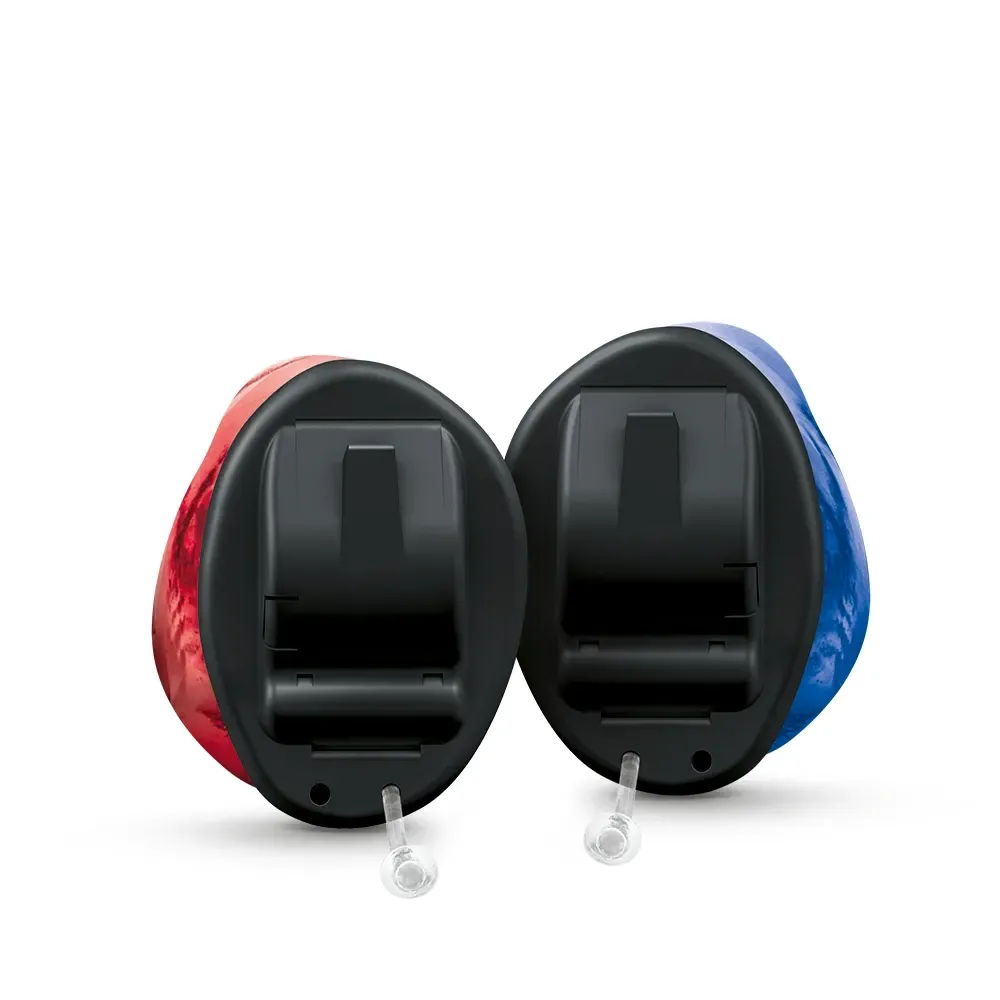
Best for All-Day Comfort
Jabra are lightweight, ergonomically designed, and equipped with advanced noise control for clearer speech in conversations. Long-lasting batteries and quick charging make them ideal for extended daily use. They also feature dual microphones for improved directionality, which is especially helpful in noisy gatherings.
Price range: $1,500–$4,500 per pair. See the high-tech aids here.

Best for AI & Smart Features
Oricle hearing aids use AI to analyze your surroundings and automatically tailor sound settings. Over time, they “learn” your habits for even better personalization, and some models include health tracking features. Their adaptive learning helps improve clarity in complex audio environments, such as crowded events or outdoor spaces with shifting background noise.
Price range: $1,800–$5,000 per pair. Learn more here.
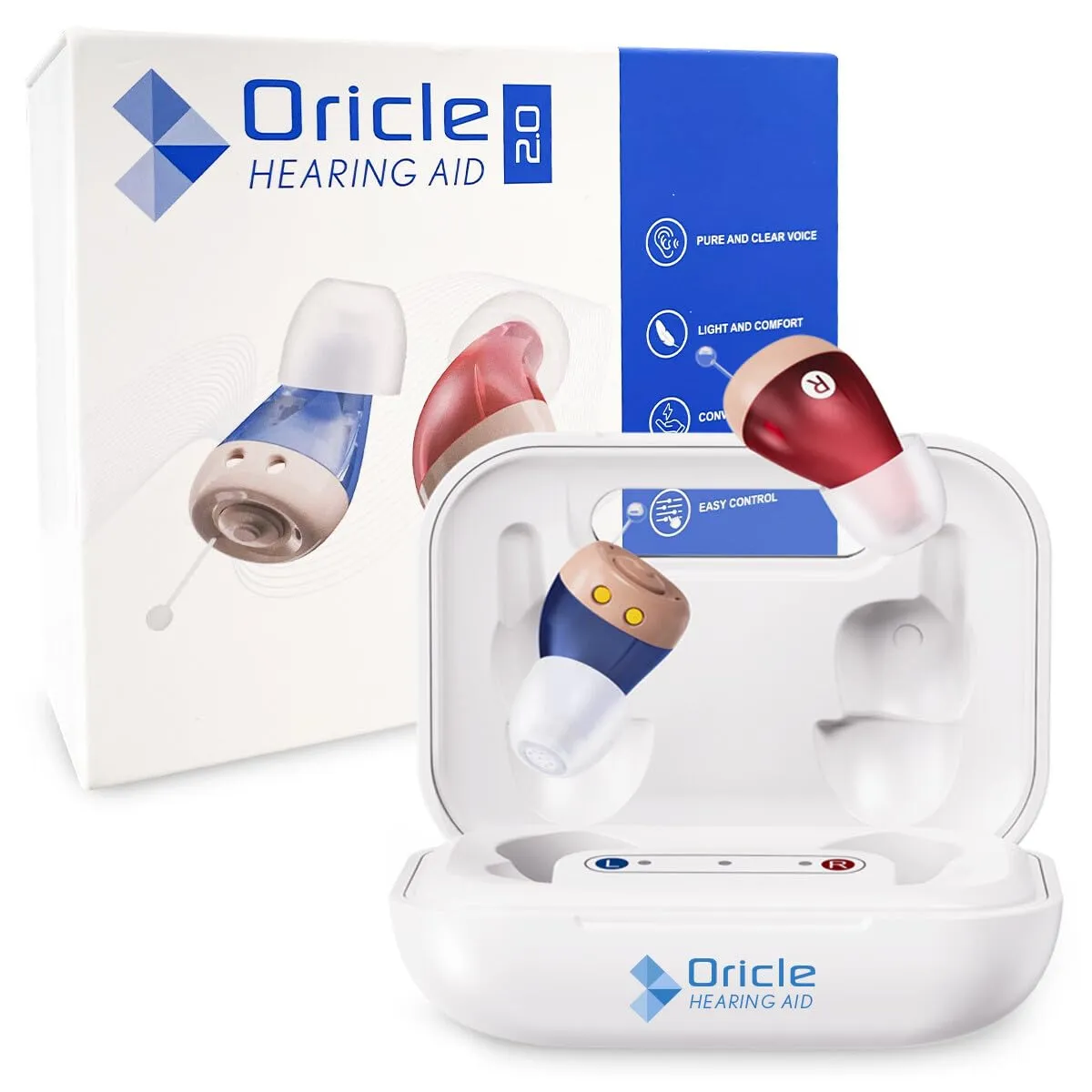
Understanding Hearing Aid Costs
When shopping for the best hearing aids, prices vary widely depending on brand, features, and customization. Entry-level models may start under $200, while premium devices can exceed $6,000 per pair.
Comparing hearing aids and price often comes down to the extra benefits, such as tinnitus relief programs, AI adjustments, or custom molds, that drive up the price.
It’s also important to factor in warranties, repair coverage, and follow-up service appointments when budgeting. These ongoing care needs can influence the total investment.
How to Get the Most Out of Your Hearing Aid
To maximize your device’s lifespan and performance, schedule regular hearing exams with your audiologist. Even the best hearing aids may need fine-tuning over time as your hearing changes.
Daily cleaning and safe storage help prevent moisture and wax buildup, both of which can cause costly damage. Many models also receive firmware updates through companion apps, ensuring access to the latest features.
You can also use mobile apps to track daily usage, monitor battery life, and adjust settings based on different environments.
Staying on Top of Hearing Care with Caily
Investing in the best hearing aids is only the first step toward better hearing. Consistent follow-up and organization are key to long-term success.
Caily can help you keep track of hearing appointments, store your audiologist’s contact details, and securely save receipts and warranty information in the Vault. With Caily, you can even share updates and care notes with family members or caregivers, ensuring everyone is informed and connected.
By combining advanced hearing aid technology with Caily’s organizational support, you can enjoy clear sound and peace of mind every day.
Frequently Asked Questions About the Best Hearing Aids
Does Medicare cover hearing aids?
Medicare does not typically cover the cost of hearing aids, though some Medicare Advantage plans may offer partial benefits. Check with your plan for details.
How much are hearing aids?
Prices range widely from under $200 for budget models to over $6,000 for premium options. Factors like brand, features, and customization impact the final cost.
How do hearing aids work?
Hearing aids use a microphone to capture sound, an amplifier to increase volume, and a speaker to deliver the enhanced sound into your ear. Digital processing allows for selective amplification, boosting speech while reducing background noise,and can adjust automatically to changing environments.
Compared to older models, today’s devices process sound much faster, separate speech from noise more effectively, and offer real-time personalization through apps and AI, providing a clearer and more natural listening experience in nearly any situation.
Do hearing aids help tinnitus?
Yes. Many hearing aids for tinnitus include sound therapy programs that can mask ringing and reduce discomfort.

Get Started Now
Enjoy full access to everything Caily offers, from medication tracking to shared schedules and daily check-ins. See how much easier caregiving can be when everything is coordinated in one place.
Start your free trial
